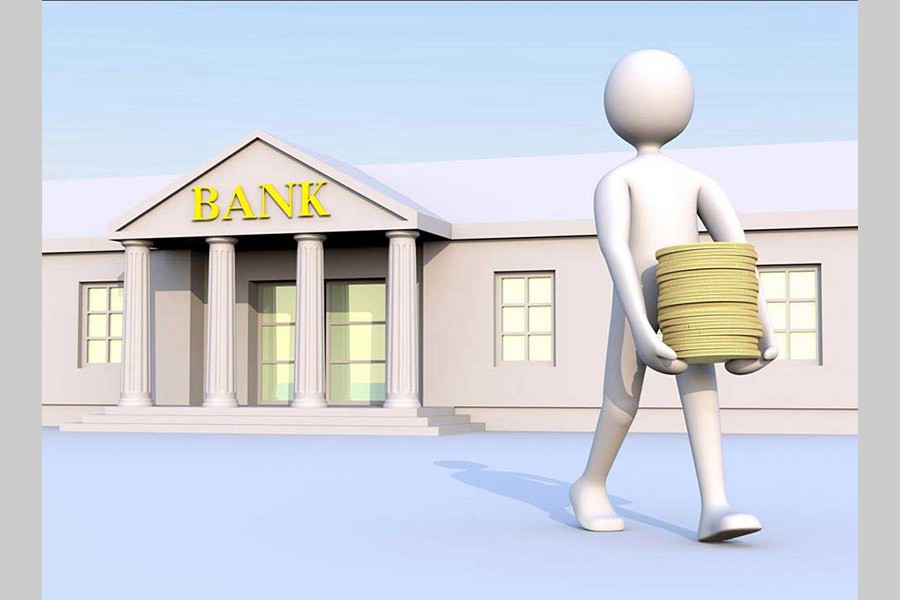The concessions being sought by the private commercial banks (PCBs) from the government to cope with the ongoing liquidity crunch have only exposed a series of failures of relevant parties.
The latest demand from the Association of Bankers (ABB) to ask the state entities for keeping their funds with the PCBs as special notice deposits (SND), not fixed deposits, is an issue that deserves scrutiny. The rates of interest paid on SNDs are nearly half of that offered to people making fixed deposits with banks.
The government only recently relaxed its policy on government deposits maintained with PCBs following in response to certain demands put forward by the ABB. The government has recently asked the entities under its control to keep half of their funds with the PCBs. Earlier, the state entities were required to keep 75 per cent of funds with the public sector banks.
However, the government's policy change was not unconditional. The Prime Minister asked the banks to bring down their lending rates to single deposit to facilitate investment in productive sector and the ABB promised to comply with that request. Interest rates are determined by market forces. None can dictate it. Under the prevailing circumstances, availability of sufficient liquidity at easy rates can help lower the lending rates to a single digit.
The fact remains that the cost of fund in the banking industry is still high. As of now the possibility of getting funds from normal sources at lower interest rates is not at all bright. Hence, the ABB is pressing for having deposits from state entities at very low rates. A media report said the government might concede to the ABB demand.
The moot question here is: will it be possible for the PCBs to offer loans at single digit interest rate even after receiving all the concessions from the government?
The size of the total deposit with the country's banks, according to the latest central bank statistics, is around Tk 10 trillion and the public sector entities have 20 per cent share in it. Thus, the receipt of public entities' funds as SNDs is unlikely to help the PCBs to reduce their cost of funds sufficiently and offer loans in accordance with the rates desired by the government.
Moreover, according to banking sources, the implementation of the government order to enhance state enterprises' deposits with the PCBs is progressing at snail's pace. Many public entities facing liquidity problem would also not be interested to deposit funds at lower rates of interest.
There is no quick-fix solution to problems that the banking sector is facing now. The problems have cropped up over the years because of failures on the part of the government, central bank and management of some individual banks. Naturally, any move initiated to fix the problems will also be time-consuming.
The saddest part of the developments now taking place in the banking industry is that some well-managed banks are bearing the brunt, in terms of customers' confidence, of misdeeds and failures besetting those in the sector.
The situation calls for drastic reforms to help restore discipline and stability in the banking sector since the damage caused to it has been enormous. But, is the government ready to launch any reform at all? If yes, it should form a Banking Commission with competent people without any further delay.


